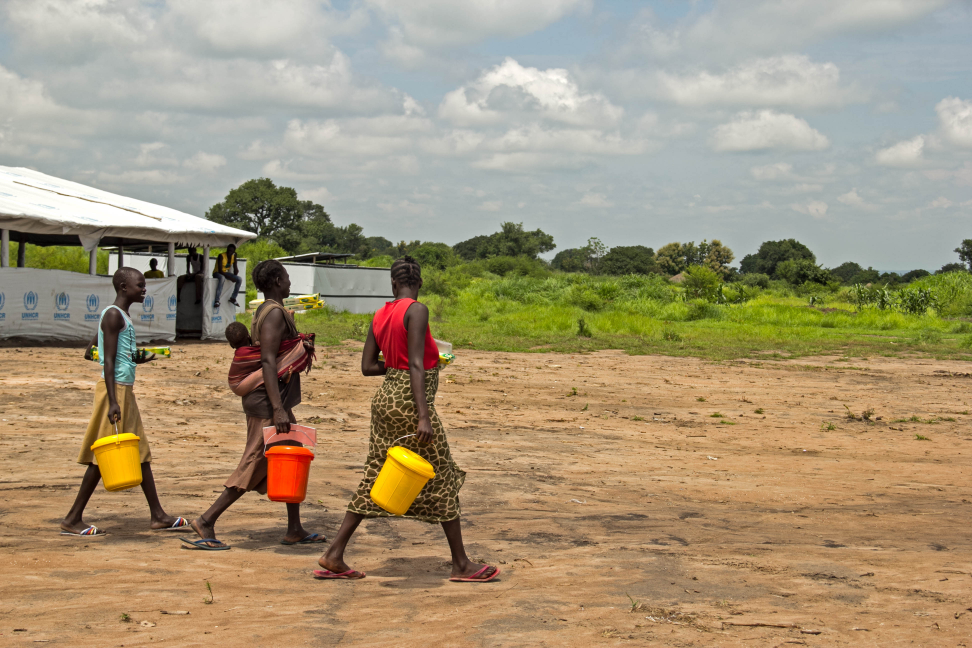RAM-OP: first field test completed in Addis Ababa

The first field test of the Rapid Assessment Method for older people (RAM-OP) has been completed in Addis Ababa, from 18th February to 4th March.
RAM-OP is an innovative method of assessing the nutritional needs of older people in emergencies that could offer a quicker, less expensive alternative to the SMART (Standardized Monitoring and Assessment of Relief and Transitions) methodology, which is in wide use in the humanitarian sector.
To carry out the test, we recruited and trained 14 enumerators and two data entry clerks. We then conducted two surveys in Kolfe Keranyio, a sub-city of Addis Ababa: One survey with the RAM-OP, and one survey using the SMART methodology.
We chose Kolfe Keranyio because we wanted to test RAM-OP in an urban context, and because HelpAge has worked in this area with a local partner, Tesfa social and development association (TDSA). Kolfe Keranyio has a population of 428,895 according to the 2007 census, 7.4% of whom are people aged 50 and over. It hosts very mixed communities, from the very poor to the very well-off. It also has a variety of areas, from rural to highly urbanised.
The enumerators were trained on field procedures, administering a questionnaire related to a set of indicators (such as the hunger scale, the diet diversity score, the Katz index of Independence in Activities of Daily Living, etc…) and measuring older people’s middle upper arm circumference (MUAC), which is the best indicator of older people’s nutritional status. For eight days, they went knocking on doors, interviewing and measuring people from the age of 50.
A total of 889 people were interviewed, aged between 50 and 102, and including 568 women. Preliminary results show that the global malnutrition rate is between 2.6 and 7.0%, which is not negligible, however not high enough to reach crisis levels.
The RAM-OP survey, with a sample of 20 primary sampling units of 12 people, was definitely faster and cheaper to implement than SMART, with a sample of 30 clusters of 23 people. The comparison of the results is being analysed, and will be published very soon.
The next step is to test RAM-OP versus SMART in a rural context, which will probably take place in a district of Turkana County in Kenya in May 2014.
Stay updated
Sign up for our newsletter to receive regular updates on resources, news, and insights like this. Don’t miss out on important information that can help you stay informed and engaged.
Related articles
.png)


Explore Elrha
Learn more about our mission, the organisations we support, and the resources we provide to drive research and innovation in humanitarian response.